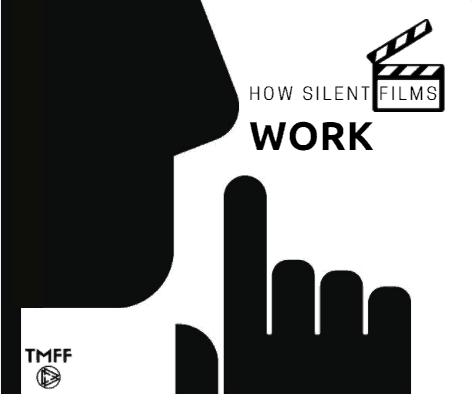The word ‘movie’ has its origin in the syntagma ‘moving picture’, also known as ‘motion picture’, which accurately, if rather simplistically described what an ensemble of successive pictures would be called. In the beginning, films implied motion, but no sound or speech – so a screening would usually be accompanied by either a live or recorded musical performance. We’re not here to discuss the entire evolutionary history of films, but one important highlight was The Jazz Singer – released in 1927, it is the first motion picture to contain singing and speech. While this only happens in certain isolated sequences, it was enough to put the foundations for a whole new generation on film in place. The shift was so quick and pervasive, that even the Charlie Chaplin, who had publicly declared his hate for sound in film, made the transition at one point.
Two years later, in 1929, the 1st Academy Awards took place in Hollywood, and the first winner of the Best Picture award, Wings, was also the last silent film to do so. Until 2011, that is, when The Artist, a silent film that chronicles the evolution of cinematography from silent to sound, won Best Picture at the 84th Academy Awards. It was a silent film for wholly new generations of viewers, and wonderfully managed to capture the essence of the long-forgotten craft. A romantic comedy at roots, it tells its story in a largely differential manner than the established norm, and thus manages to build contexts and situations, set up jokes or create drama in ways that we had become unfamiliar with. One prominent area of empirical research has been the impact of constraints on human creativity, and many studies showcase an increase in novel and creative output when the available inputs are limited. Since films could not (and would not, in case of The Artist) use speech or sound effects, the emphasis would almost exclusively be placed on the visuals, and their interaction with the score.
However, while The Artist was indeed an exception to the norms of nowadays, partially silent Hollywood films are not unheard of – at least in terms of voice. For instance, 2007’s There Will Be Blood starts with a more than 20-minute long sequence which has no dialogues whatsoever. The film’s writer and director Paul Thomas Anderson declared: “I always had a dream about trying to make a movie that had no dialogue in it, that was just music and pictures. I still haven’t done it yet, but I tried to get close in the beginning of There Will Be Blood“. The best part of this example is that the lack of dialogues was not noticeable in terms of content delivery – the silence emphasized other factors, which then perfectly set the scene for what was, in the end, a real masterpiece in filmmaking. In 2013’s All is Lost, Robert Redford is the only actor in the film, and maybe murmurs two words in total as he tries to survive ever-increasing problems with his ship while out at sea. Ending with an even more recent example, last year’s Dunkirk by Christopher Nolan barely has any conversations whatsoever, the emphasis thus falling on the dramatic spectacle of man-made conflict. Again, dialogue is not needed in order to convey plot elements or build the atmosphere. The absence of some things allows other things to shine, and this still holds true, all this time later.









Leave a reply